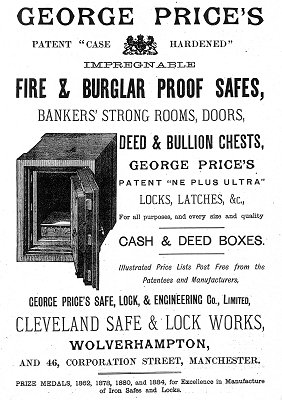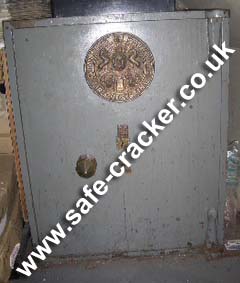

Moreover, safes have a rich heritage that precedes having them in the home as we do today. Safes are a staple in terms of safety and security, as well as this they’ve played a crucial role in the formation of banks, business, and commerce and were just another part of the safety equation for homeowners over the decades as well. As a matter of fact, if owning a safe prevented you from losing your most cared for items, you’d certainly thank your lucky stars that you’d gone out of your way to invest in one. purchasing a safe might not feel like a crucial purchase on a regular day when considering home appliances to buy, however, in the unfortunate circumstances that your possessions are put in danger, you will not regret it.

If you do this, it will help protect your most valued possessions from theft, loss and even, with the right safe – fire damage. 2017 Jun 18 8(6):441-54.If you want to add an additional layer of security to your property, you may consider buying a home safe.

Perioperative blood management strategies for patients undergoing total knee replacement: where do we stand now? World J Orthop. Themistoklis T, Theodosia V, Konstantinos K, Georgios DI. Topical application of tranexamic acid reduces postoperative blood loss in total knee arthroplasty: a randomized, controlled trial. Wong J, Abrishami A, El Beheiry H, Mahomed NN, Roderick Davey J, Gandhi R, Syed KA, Muhammad Ovais Hasan S, De Silva Y, Chung F. Blood loss after total knee replacement: effects of computer-assisted surgery. Kalairajah Y, Simpson D, Cossey AJ, Verrall GM, Spriggins AJ. Predictors of perioperative blood loss in total joint arthroplasty. Park JH, Rasouli MR, Mortazavi SMJ, Tokarski AT, Maltenfort MG, Parvizi J. Determining who should be referred for total hip and knee replacements. See Instructions for Authors for a complete description of levels of evidence.Ĭopyright © 2021 by The Journal of Bone and Joint Surgery, Incorporated. With equal efficacy and risk of adverse events, we recommend intravenous TXA, which may enable easier institutional implementation. In our series, topical and intravenous TXA were equally safe when used in patients with a history of CAD and coronary stents in comparison with the control cohort. Moreover, there was no significant difference observed in VTE rates when administration was subcategorized into intravenous and topical methods with regard to CAD (0.13% compared with 0.72% p = 0.12) or coronary stents (0% compared with 0% p = 1.0). No significant differences were observed for VTE rates compared with the control cohort using either topical or intravenous TXA, with regard to CAD (0.29% compared with 0.76% p = 0.09) or coronary stents (0% compared with 0.76% p = 0.14). In the 26,808 identified at-risk patients, there were no postoperative myocardial infarctions. A post hoc power analysis was also performed to determine whether our results were powered to detect a difference in VTE rates.

Chi-square analyses were used to identify differences in VTE rates between cohorts. From this cohort who received TXA intraoperatively, we identified patients with a history of CAD or coronary stents and determined the total myocardial infarction and venous thromboembolism (VTE) rates within a 90-day postoperative period. We performed a retrospective analysis at a single, tertiary academic medical center identifying consecutive total hip and knee arthroplasty cases over an 8-year period. The purpose of this study was to determine if TXA is safe to use in patients with a history of CAD or coronary stents. Although TXA has been shown to be highly effective in reducing operative blood loss, many surgeons believe that it places patients with coronary artery disease (CAD) or a history of coronary stents at an increased risk for myocardial infarction. Tranexamic acid (TXA) is increasingly used to minimize blood loss during total joint arthroplasty (TJA).


 0 kommentar(er)
0 kommentar(er)
